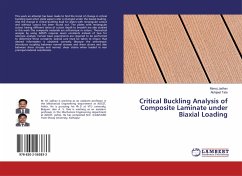Many older structures were designed for static loads but more recently there has been a growing awareness that some must be designed to resist both dynamic impact and static loads. An accidental impact load can be caused by mishaps in industry as well as accidents stemming from transportation or man-made disasters. Structural components can be subjected to a range of deliberate impact loads such as military activity or terrorist attacks. A large proportion of the surfaces of concrete structures are covered by reinforced concrete slabs. Slabs are often slender elements, which means they are vulnerable to flexural, shear, or a combination of both modes of failure when subjected to impact loading. There are a number of ways of predicting how an impact load will affect a concrete slab, some of which may be impractical or expensive but because there have been significant developments in technology, numerical techniques rather than experimental approaches have become popular methods for developing detailed responses.








